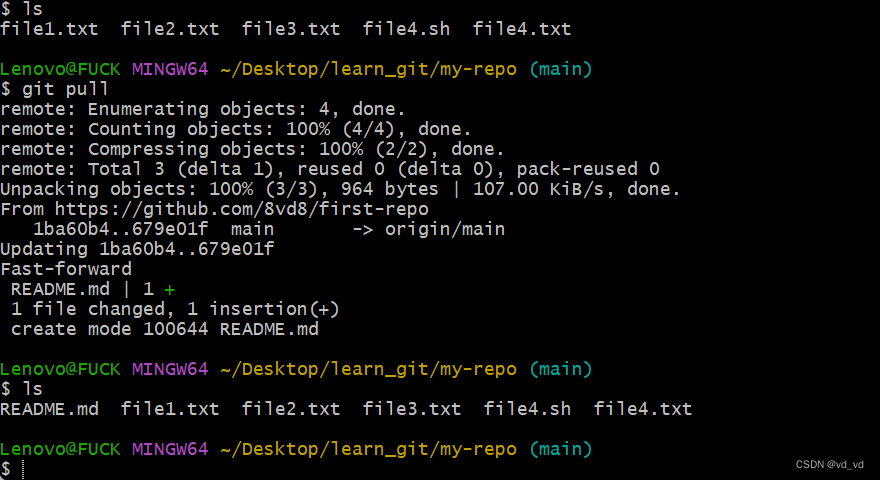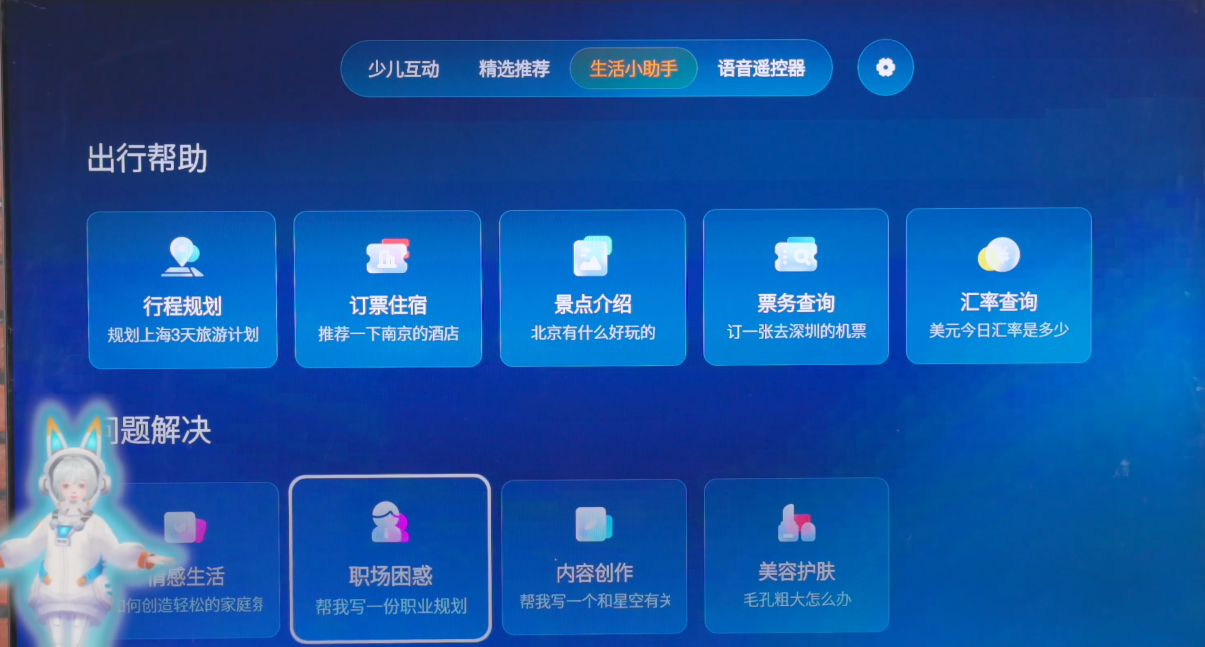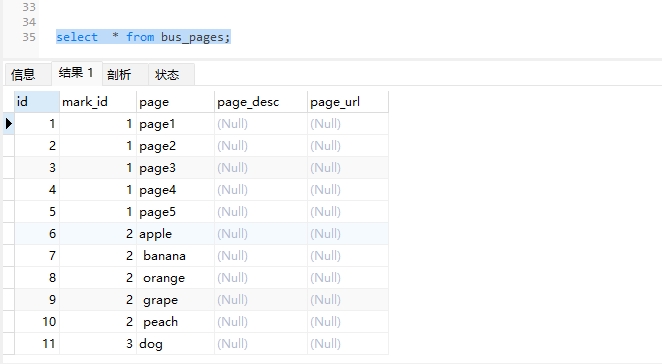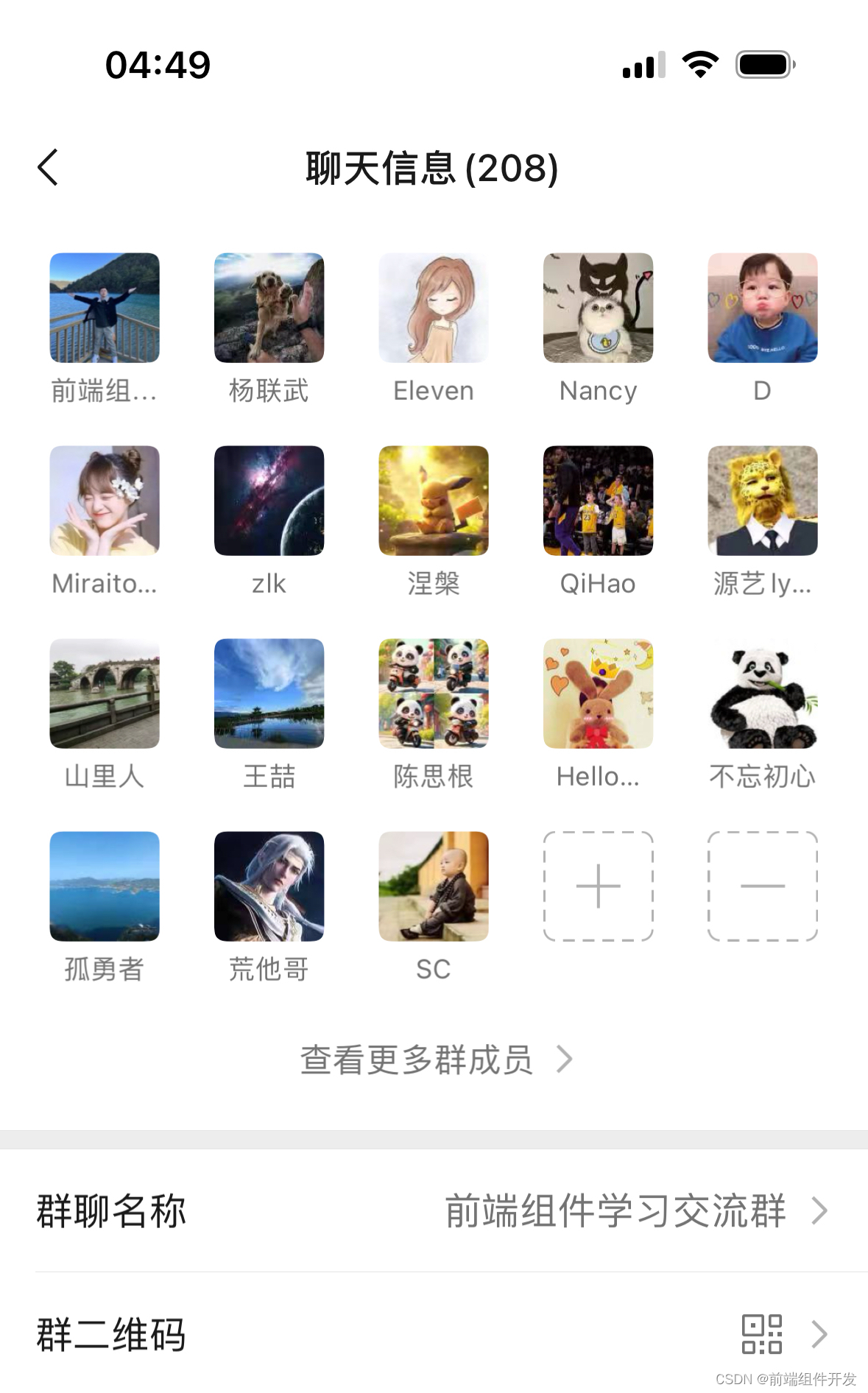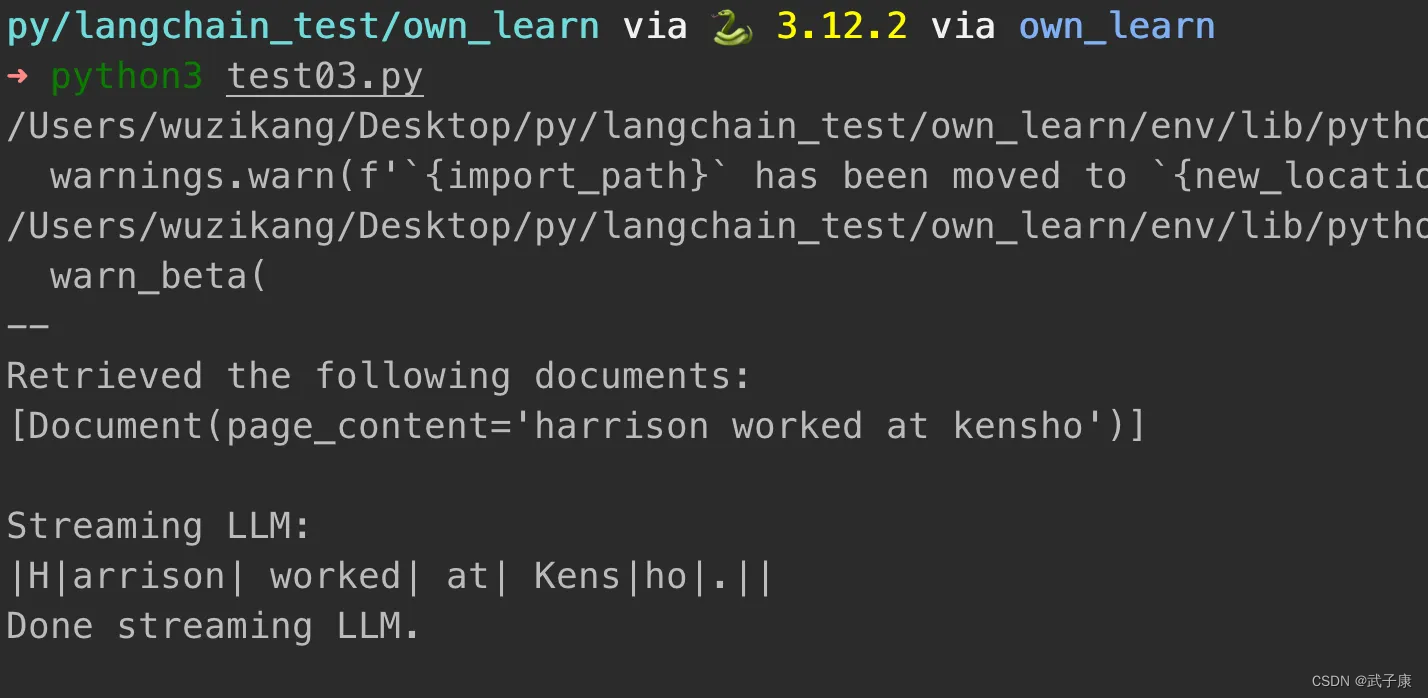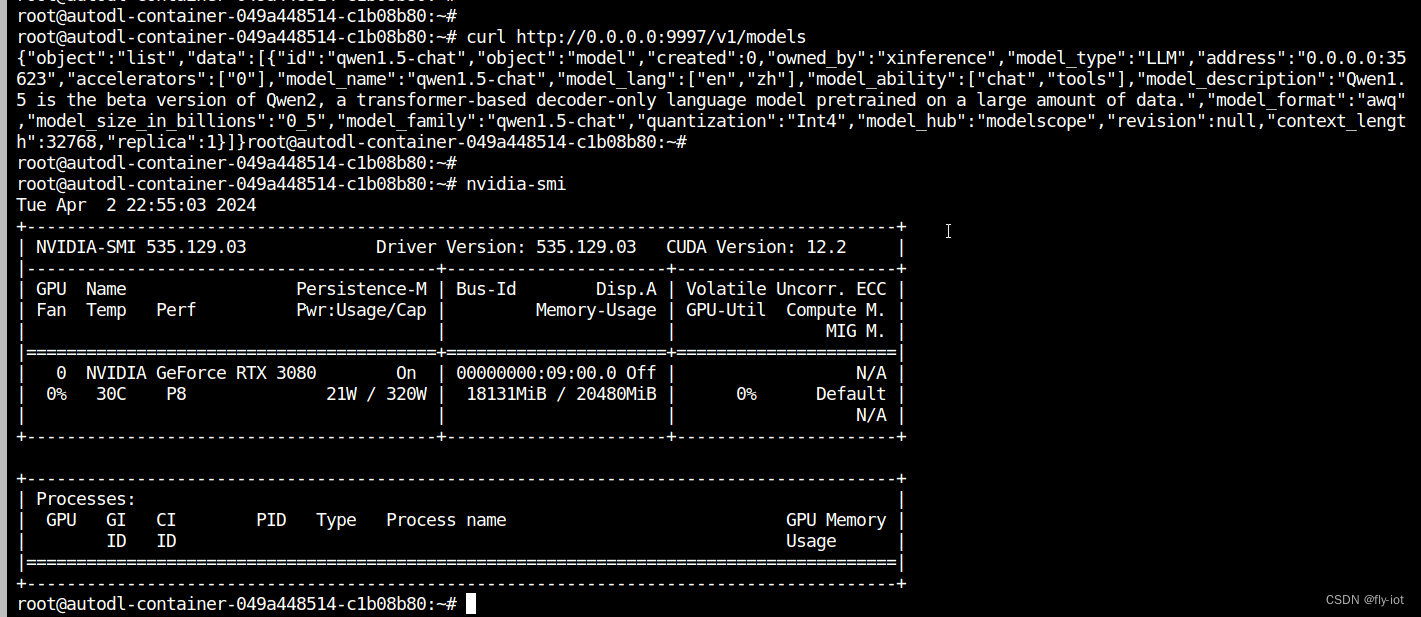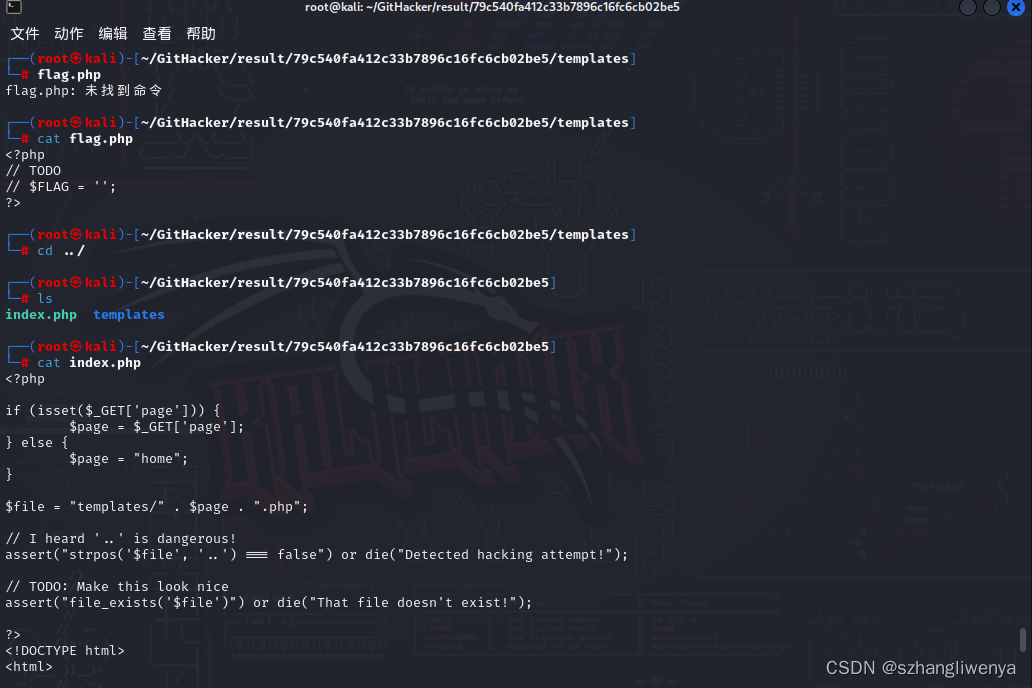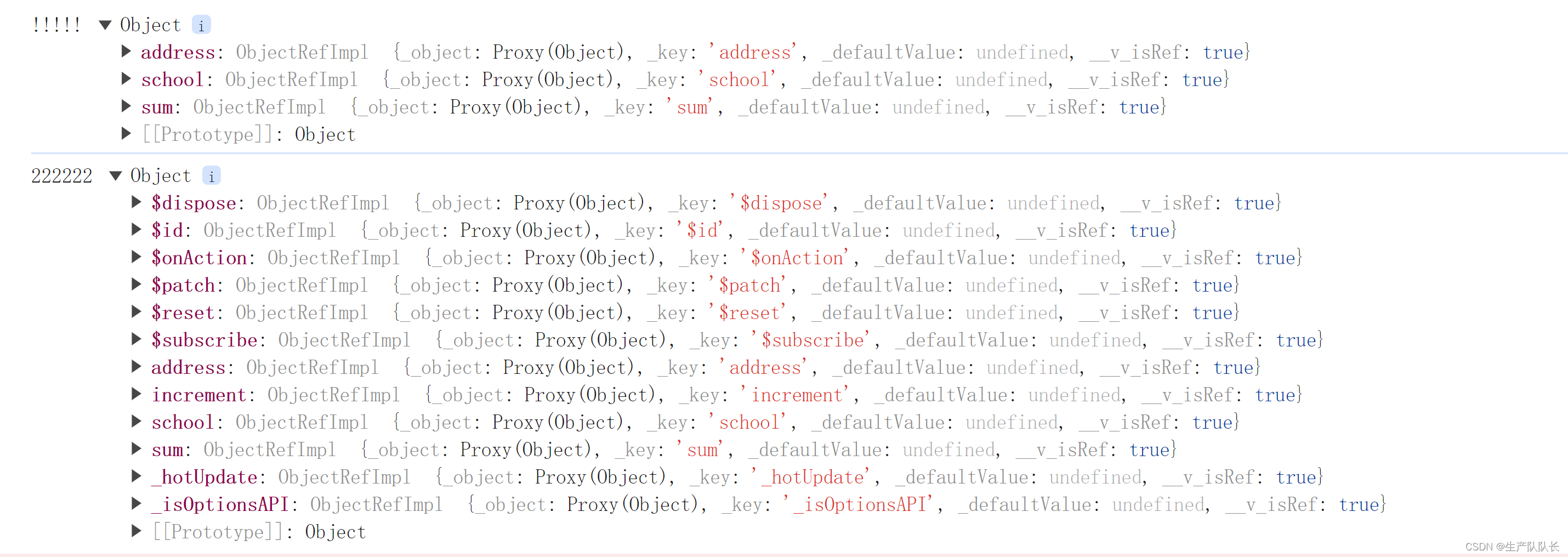毕业那会使用过这个轻量级的框架,最近再来回看一下,依赖相关的就不多说了,直接从例子开始。下面示例中的 html 模板,千万记得要放到 templates 目录下。
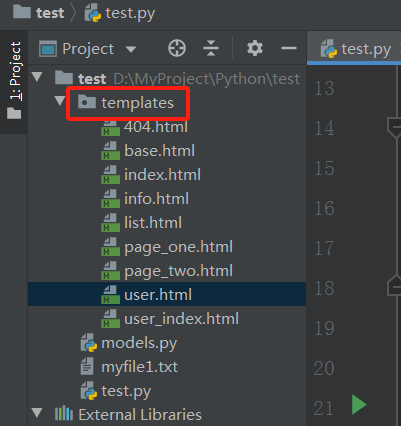
Flask基础示例
hello world
from flask import Flask, jsonify, url_for
app = Flask(__name__)
@app.route('/')
def hello_world():
return '<h1>Hello World!</h1>'
if __name__ == '__main__':
app.run()
路由
既然涉及到web框架,就必然涉及到路由。
动态路由
动态路由就是将变量拼接到路由 url 当中,可以把字段编辑为<variable_name>,这个部分将会作为命名参数传递到你的函数。如果在动态路由中指定了变量的类型,比如 <int:user_id>,则需要按照指定类型进行传值,否则的话也会报错。参数也可以根据类似 request.args.get("id") 进行获取。
from flask import Flask, request
app = Flask(__name__)
@app.route('/')
def hello_world():
return 'Hello World!'
@app.route('/user/<username>')
def show_user_profile(username):
id = request.args.get("id")
return 'User %s, id %s' % (username, id)
@app.route('/users/<int:user_id>')
def show_user_id(user_id):
return 'User id %d' % user_id
if __name__ == '__main__':
app.run(debug=True)

构造 url
Flask 还可以用 url_for() 函数来给指定的函数构造URL,也称为反向路由。它接收函数名作为第一个参数,也接受对应 URL 规则的变量部分的命名参数。未知变量部分会添加到URL末尾作为查询条件。
from flask import Flask, url_for
app = Flask(__name__)
@app.route('/')
def hello_world():
return url_for('article', id=1, name="look") # /article/1?name=look
@app.route('/article/<id>')
def article(id):
return f'id {id} article detail'
if __name__ == '__main__':
app.run()
http方法
HTTP 有许多的不同的构造方法访问 URL 方法。默认情况下,路由只回应 GET 请求,当时通过route() 装饰器传递 methods 参数可以改变这个行为,至于每个 method 对应的行为,这块就不多细说了。
from flask import Flask, url_for, request
app = Flask(__name__)
@app.route('/', methods=['GET', 'POST'])
def index():
if request.method == 'POST':
return "go post method"
elif request.method == 'GET':
return "go get method"
if __name__ == '__main__':
app.run()
模板
html模板文件一般默认是放在 templates 目录下的,如果没有这个目录的话,可以自己新建一个。
templates/index.html
<!DOCTYPE html>
<html lang="en">
<head>
<meta charset="UTF-8">
<title>template</title>
</head>
<body>
<h1>hello world!</h1>
</body>
</html>from flask import Flask, render_template
app = Flask(__name__)
@app.route('/')
def hello_world():
return render_template('index.html')
if __name__ == '__main__':
app.run()
变量替换
而且还可以将内容传递到模板文件进行展示,下面这种也是展示 hello world!只不过我们将静态文件的内容藏起来了,通过后端返回的内容再显示出来,用的是模板语法,两种方法在前端显示的都一样。
<!DOCTYPE html>
<html lang="en">
<head>
<meta charset="UTF-8">
<title>template</title>
</head>
<body>
<h1>{{content}}</h1>
</body>
</html>from flask import Flask, render_template
app = Flask(__name__)
@app.route('/')
def hello_world():
content = "hello world!"
return render_template('index.html', content=content)
if __name__ == '__main__':
app.run()
当然,也可以将对象实例传递到模板中去。
user_index.html
<!DOCTYPE html>
<html lang="en">
<head>
<meta charset="UTF-8">
<title>user</title>
</head>
<body>
<h1>hello {{user.name}}</h1>
</body>
</html>models.py
class User:
def __init__(self, id, name):
self.id = id
self.name = name
main.py
from flask import Flask, render_template
from models import User
app = Flask(__name__)
# 引用模板
@app.route('/')
def hello_world():
content = 'hello world!'
return render_template('index.html', content=content)
@app.route('/user')
def user_index():
user = User(1, 'Looking')
return render_template('user_index.html', user=user)
if __name__ == '__main__':
app.run()
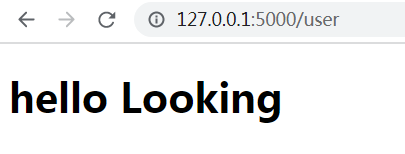
条件语句
info.html
<!DOCTYPE html>
<html lang="en">
<head>
<meta charset="UTF-8">
<title>条件语句</title>
</head>
<body>
{% if user.id == 1 %}
<h1> Hello {{user.name}}</h1>
{% else %}
<h1>There is no user!</h1>
{% endif %}
</body>
</html>from flask import Flask, render_template
from models import User
app = Flask(__name__)
# 路由
@app.route('/info/<user_id>')
def info_judge(user_id):
user = None
if int(user_id) == 1:
user = User(1, 'Looking')
return render_template('info.html', user=user)
if __name__ == '__main__':
app.run()


循环语句
list.html
<!DOCTYPE html>
<html lang="en">
<head>
<meta charset="UTF-8">
<title>循环语句</title>
</head>
<body>
{% for user in users %}
<h4>user_id: {{user.id}}; user_name: {{user.name}}</h4><br>
{% endfor %}
</body>
</html>from flask import Flask, render_template
from models import User
app = Flask(__name__)
# 路由
@app.route('/list')
def info_judge():
users = []
for i in range(5):
users.append(User(i, f"student{i}"))
return render_template('list.html', users=users)
if __name__ == '__main__':
app.run()
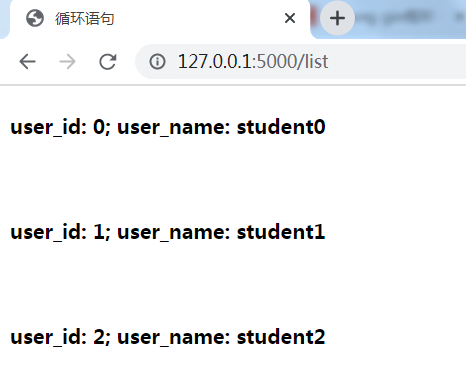
模板继承
我们会发现有一些网页的有些部分是不变的,比如说页头页脚等,当跳转相同网页的时候只有中间部分会改变,这就要使用到模板的继承,可以使用 extends 实现对模板文件的继承。
base.html
<!DOCTYPE html>
<html lang="en">
<head>
<meta charset="UTF-8">
<title>模板的继承</title>
</head>
<body>
<div>
<H2>Header 欢迎光临!</H2>
</div>
{% block content %}
{% endblock %}
<div>
<H2>Footer 欢迎下次再来!</H2>
</div>
</body>
</html>page_one.html
{% extends 'base.html'%}
{% block content %}
<h3>{{content}}</h3>
{% endblock %}page_two.html
{% extends 'base.html'%}
{% block content %}
<h3>{{content}}</h3>
{% endblock %}main.py
from flask import Flask, render_template
app = Flask(__name__)
# 第一页路由
@app.route('/page_one')
def one_page():
content = '这是第一页!'
return render_template('page_one.html', content=content)
# 第二页路由
@app.route('/page_two')
def secend_page():
content = '这是第二页!'
return render_template('page_two.html', content=content)
# 运行
if __name__ == "__main__":
app.run()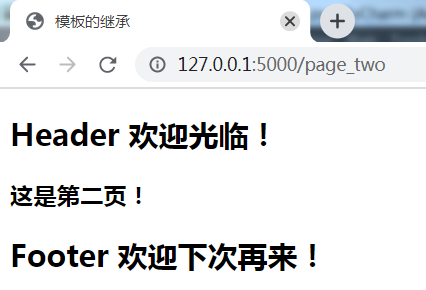
消息提示
使用 flash 可以将后台处理的消息提示刷新到页面
index.html
<!DOCTYPE html>
<html lang="en">
<head>
<meta charset="UTF-8">
<title>Flask消息提示与异常捕获</title>
</head>
<body>
<h1>Login</h1>
<form action="/login" method="post">
<input type="text" name="username" placeholder="账号"><br />
<input type="password" name="password" placeholder="密码" style="margin-top:10px"><br />
<input type="submit" value="Submit" style="margin-left:50px;margin-top:10px">
</form>
<!--这里获取的是一个数组-->
{{get_flashed_messages()[0]}}
</body>
</html>main.py
from flask import Flask, render_template, flash, request
app = Flask(__name__)
# 对flash的内容加密
app.secret_key = '123'
@app.route('/login')
def index():
return render_template("index.html")
# 路由
@app.route('/login', methods=['POST'])
def login():
# 获取表单上传的数据
form = request.form
username = form.get('username')
password = form.get('password')
# 进行判断
if not username:
flash("please enter username")
return render_template("index.html")
if not password:
flash("please enter password")
return render_template("index.html")
if username == "looking" and password == "123456":
flash("login success")
return render_template("index.html")
else:
flash("username and password not match!")
return render_template("index.html")
# 运行
if __name__ == "__main__":
app.run()

异常捕获
如果用户输入了错误的路径,创建网站的人又没有设置异常捕获及处理,它会出现404;如果处理了的话,那就显示的为处理后的页面。所以,我们的异常处理也就是对返回的 404 页面(或者其他异常)返回我们设置的页面。
404.html
<!DOCTYPE html>
<html lang="en">
<head>
<meta charset="UTF-8">
<title>Flask异常捕获与处理</title>
</head>
<body>
<h2>抱歉,你访问的页面去火星了......</h2><br />
<h2>请检查你的网址是否输入正确!</h2>
</body>
</html>user.html
<!DOCTYPE html>
<html lang="en">
<head>
<meta charset="UTF-8">
<title>Title</title>
</head>
<body>
<h1>This is user page</h1>
</body>
</html>main.py
from flask import Flask, render_template, abort
app = Flask(__name__)
# 异常捕获一
@app.errorhandler(404)
def not_found():
return render_template('404.html'), 404
# 异常捕获二
@app.route('/user/<user_id>')
def user_info(user_id):
if int(user_id) == 1:
return render_template("user.html")
else:
abort(404)
if __name__ == "__main__":
app.run()

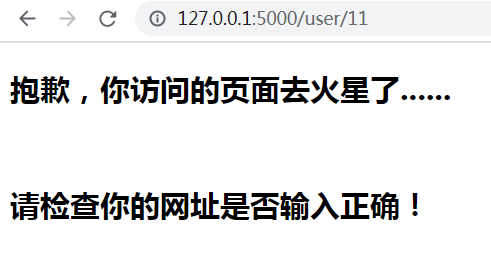
如果没有添加针对 404 的错误处理,就是下面这种界面。
 403 是 Forbidden
403 是 Forbidden



